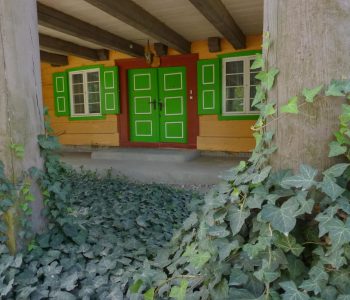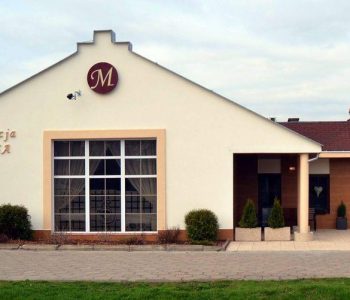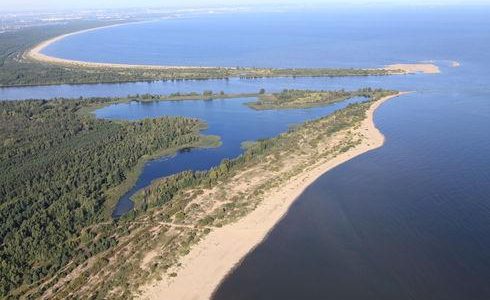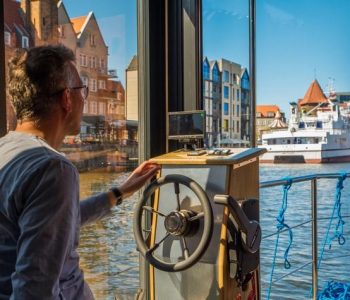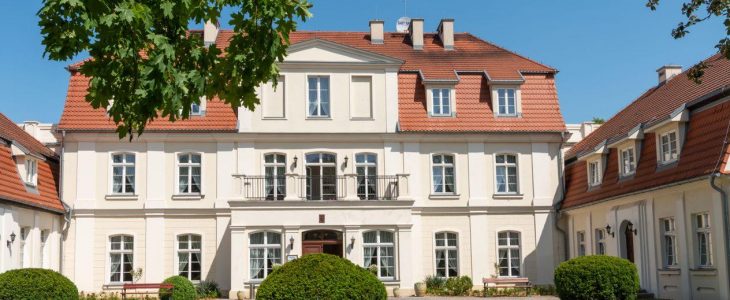The Castle became a part of the town defensive structures, placing it in its South-Eastern corner. It was a particularly splendid stronghold, considering its peripheral location. By building durable strongholds and locating the towns on the frontiers of their nation, especially in the conquered areas, the Teutonic Knights carried out accomplished-fact policy. Bringing in settlers from German countries, who were entirely dependent on them, they secured their initially-unsafe possession of from the 2nd half of the 14th Century, was the headquarters of a Teutonic commune head.
The stronghold was built on a square-like plan, with a residential building adjacent to a section from the stronghold’s southern part to the defensive wall, along the entire side of the square. The other two corners were fitted with quadrangular towers. One peculiarity of the Castle design was the division of the courtyard by a watercourse, over which a mill and a brewery were erected, also in the courtyard. The Castle complex also included utility buildings, such as a stable and a granary in the Castle grounds.
Until the end of the 15th Century, the Castle remained in Teutonic hands, from time to time conquered and filled with the Polish King’s army. Eventually, it became a fief to the Pomeranian Prince Eric II. Under the rule of the Pomeranian dynasty, the Lębork Castle underwent a significant redevelopment, according to the renaissance spirit. New buildings were erected in its territory, others were repurposed. Eric’s heirs ruled the Castle and the town with short intervals until the 17th Century, when, with the passing of the family, the fief was returned back under the rule of the Polish King. Since then, a Polish communal head has resided in the Castle. Soon after, during the war with Sweden, better known as “the Swedish Deluge”, the stronghold was severely damaged. Since the mid 17th Century, again, as a fief, both the Castle and the town fell into the hands of the Brandenburg Hohenzollerns. As a result of the partitions of Poland, Lębork found itself within the Prussian Borders.
The 19th Century and the interwar period brought significant changes to the shape of the Castle. First, defensive walls were deconstructed, and then, the Castle complex was adapted as a court. As a result, the original shape of the Castle was almost entirely lost. A trained eye would probably notice some relics of the original, gothic structure; however, it is not an easy task.
What remains to this day of the Lębork Castle functions as a district court headquarters. While in Lębork, it is worth taking a look at the building and try to find traces of the Castle’s past.



